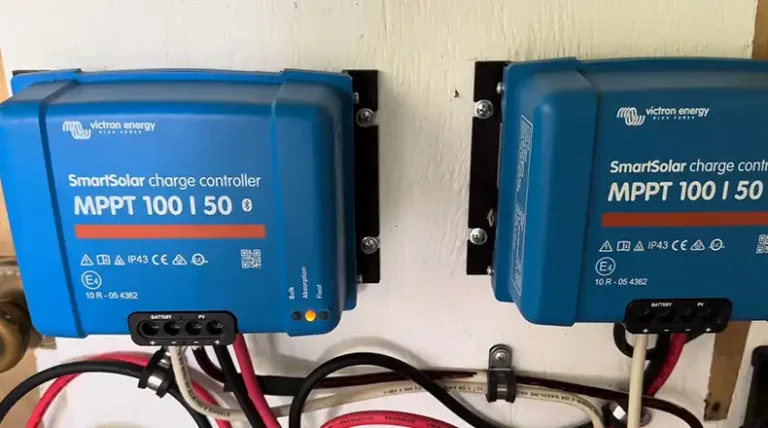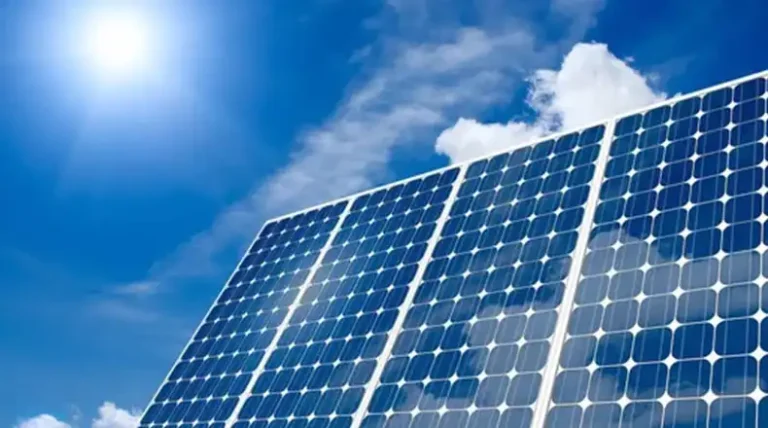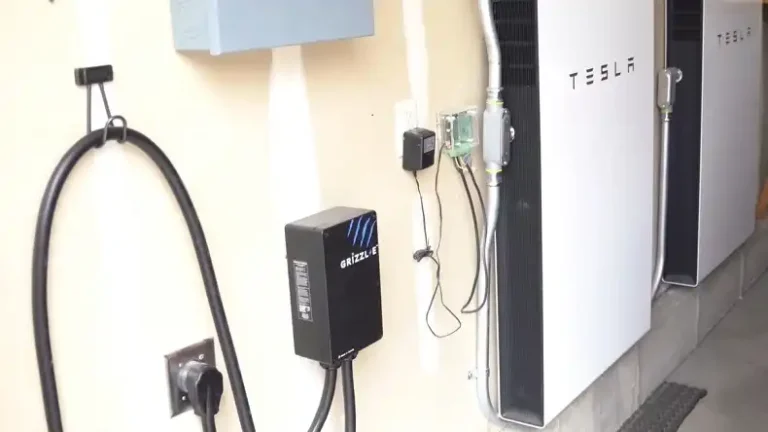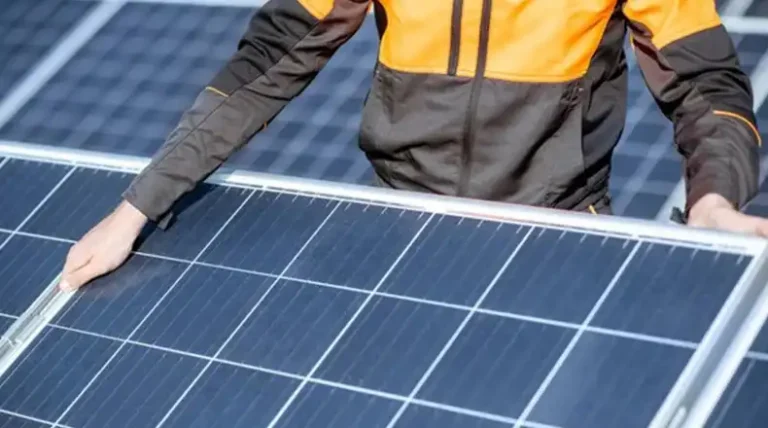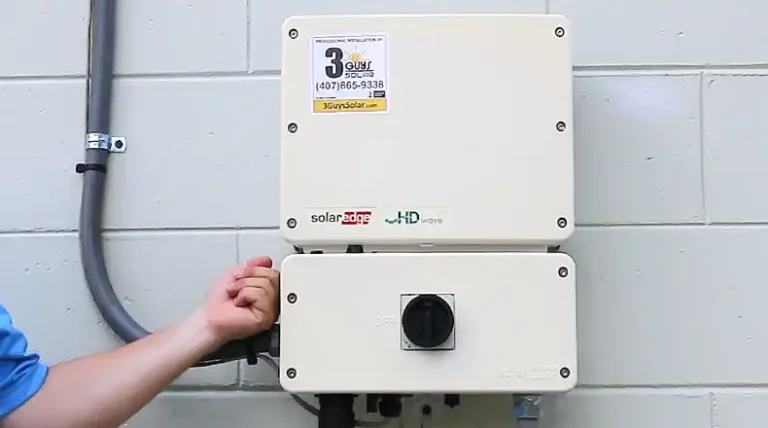Charging Solar Batteries With a Generator
For solar-powered homes, extended periods of cloudy weather can make it challenging for solar panels to fully charge your battery bank. In such cases, you can use a gas-powered generator as a backup power source to charge your batteries when needed. But do you know how to use a generator to charge solar batteries?
To charge solar batteries with a generator, follow these steps: Connect the generator to a compatible battery charger, ensuring it matches the battery bank’s voltage. Start the generator and allow it to stabilize. Connect the battery charger to the battery bank, ensuring proper polarity. Monitor the charging process and disconnect the generator once the batteries reach their optimal charge.
In this guide to off-grid empowerment, I’ll unravel the steps and considerations involved in efficiently charging solar batteries using a generator. Let’s explore the symbiotic relationship between solar power and generators requires a nuanced understanding.
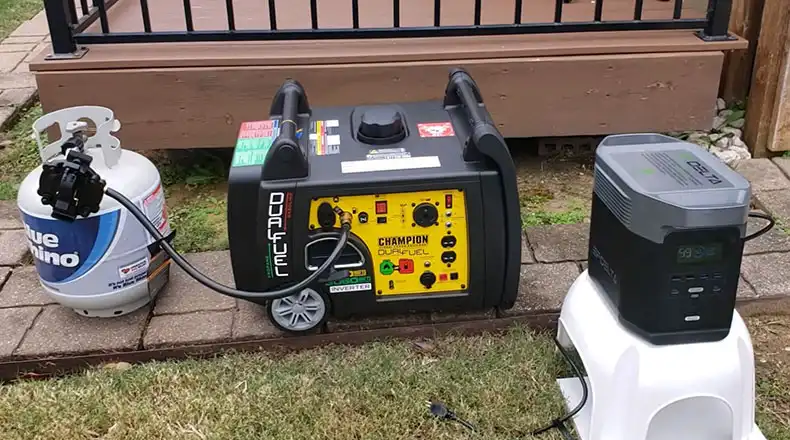
What to Consider Before Charging Solar Batteries with a Generator
There are some key factors to evaluate before charging solar batteries with a generator:
- Battery Type and Compatibility:
Lead-Acid Batteries:
- Can be safely charged with generators but may require additional monitoring to prevent overcharging.
Lithium-Ion Batteries:
- More sensitive to charging parameters; ensure the generator aligns with the battery’s charging requirements.
- Consult the battery manufacturer’s specifications for compatibility and charging instructions.
- Generator Capacity:
- Choose a generator with sufficient wattage to adequately charge the solar batteries.
- Consider the battery’s charging rate and the desired backup time to determine the required generator capacity.
- Safety Precautions:
- Follow safety guidelines for generator operation, including proper ventilation and grounding.
- Never connect the generator directly to the solar panel system or the home’s electrical system without proper isolation and protection.
- Equipment Needed:
- Solar charge controller with input terminals for AC and DC.
- Generator with an appropriate wattage capacity.
- Wires to connect the generator to the charge controller.
- Automatic transfer switch (optional).
Step-by-Step Guide to Charging Solar Batteries with a Generator
Here is the step-by-step instruction on charging solar batteries with a generator:
- Step 1: Prepare the Charging Area
- Ensure a well-ventilated space with proper grounding for the generator.
- Step 2: Connect the Generator to the Solar Battery Charger
- Use suitable wires to connect the generator to the solar charge controller.
- Step 3: Set the Charging Parameters
- Adjust the charge controller settings to align with the battery’s specifications.
- Step 4: Monitor the Charging Process
- Keep an eye on the charge controller’s indicators and the generator’s performance.
- Step 5: Disconnect the Generator Once Charging is Complete
- Avoid overcharging by disconnecting the generator when the batteries reach their full charge.
When and Why You Should Charge Solar Batteries with a Generator
Using a generator to charge solar batteries serves as a supplementary power source when sunlight is inadequate. This approach is especially valuable during prolonged cloudy weather or instances of increased power consumption.
Some situations when charging batteries with a generator may be required:
- Extended Cloudy Weather: Extended overcast and rainy periods of several days where solar panel output is reduced. This can prevent the full recharging of batteries.
- Higher Than Usual Power Draw: Higher than normal power usage from the batteries due to additional loads, appliances, guests, etc.
- Allowing Batteries to Reach Full Charge: Topping off the charge to 100% on batteries that have only reached 90-95% from solar. Maintaining battery health by periodic full charging if the solar system lacks a generator hookup.
Safety and Maintenance Tips
- Always ground the generator properly to prevent electric shock hazards.
- Do not overcharge batteries – monitor voltage and terminate charging when full.
- Allow batteries to cool down before reconnecting to solar panels after generator charging.
- Periodically inspect all wiring for damage or loose connections.
- Keep the generator outdoors and away from combustible materials when in use.
- Regularly inspect and maintain the generator according to the manufacturer’s guidelines.
- Ensure proper ventilation to prevent the buildup of toxic fumes.
FAQs
How Long Does It Take To Charge Solar Batteries With A Generator?
Normally it takes 12-24 hours for a full recharge. The charging time varies based on factors such as battery capacity, generator wattage, and the current state of charge.
What Size Generator Is Needed?
Generator size depends on the solar battery bank’s capacity and the desired charging rate. Calculate based on the battery’s charging requirements and size your generator to provide enough wattage to meet the charging amperage required by your battery bank.
How Often Should I Charge Batteries With A Generator?
Charge batteries with a generator when solar generation is insufficient, based on weather conditions or increased power demand. Only as needed during long stretches of inclement weather. Avoid frequent generator charging which can shorten battery lifespan.
Is Generator Charging Bad For Batteries?
Generator charging is not inherently bad for batteries if done correctly and within the specified charging parameters. Proper monitoring and adherence to safety guidelines are crucial. Because excessive high voltage can damage plates over time.
What If My Charge Controller Doesn’t Have A Generator Input?
In such cases, an automatic transfer switch may be used to switch between solar and generator inputs seamlessly.
Can I Use An Inverter Instead?
While an inverter can convert DC power to AC, it cannot replace a generator’s role in providing additional power during unfavorable conditions.

